Balanced Diet
A balanced diet is a nutritional approach that provides the body with all the essential nutrients it needs to function optimally. It typically includes a variety of foods from different food groups, including fruits, vegetables, grains, protein sources (such as lean meats, fish, beans, and nuts), and dairy or dairy alternatives.
What Is A Balanced Diet?
How does one define a balanced diet? The body gets all the nutrients it needs from a diet that is nutritionally balanced. For a body to remain healthy and active, it requires a certain quantity of calories and nutrients.
With a healthy diet, we can obtain all the nutrients we need without going over the daily suggested caloric intake. A balanced diet includes avoiding both junk food and those with little nutritious value.
There are several regions where the dietary pyramid is not advised. Establishing a balanced diet is advised by nutritionists by gaining nutrients from the five major dietary categories in place.
The most recent guidelines state that a balanced meal that includes fruits and vegetables, which should make up around half of a person’s plate serving since they are the healthiest meals, is an example of a balanced diet.
Grains should make up the remainder of the meal plate portion. Additionally, low-fat dairy products or a source of nutrients from dairy products should be included with balanced meals.
The proper ratios of minerals, vitamins, carbs, fats, proteins, and water intake are a few examples of nutrients found in a balanced diet.
The energy that is stored in food is represented by its calorie content. Calorie intake is required by the human body for respiration, movement, thought, walking, and other essential bodily processes.
For an individual to maintain their present weight, they require around 2000 calories per day on average. The daily energy needed, however, differs depending on the individual’s age, sex, and degree of physical activity.
Men often require more calorie intake than women, for example. Food that has a high-calorie content but little nutritional value is said to have empty calories.
Foods like pizza, ice cream, cookies and cakes, fries and chips, energy drinks, soda, and processed meat are examples of empty-calorie foods. Thus, in order to maintain good health, one should restrict their intake of meals high in empty calories.
What constitutes a healthy diet, in conclusion? Different fruits and vegetables each day, high-fiber starchy foods like bread, dairy products or their substitutes, and proteins like meat, fish, beans, or eggs.
Small quantities of unsaturated fats and around 6 to 8 glasses of fluids are all important components of a healthy, balanced diet.
Eating the best meals can help you obtain different nutrients; stay away from processed foods, high-sodium foods added sweets, and saturated fats. Your body receives the nutrients it requires for proper operation when you eat a balanced diet.
Most of your daily calories should come from these sources in order to acquire the nourishment you need:
- fresh fruit
- fresh veggies
- complete grains
- Legume
- almonds
- slim-down proteins
The recommended daily intake of each nutrient. In general, a healthy diet consists of few processed foods and lots of fresh fruits and vegetables. However, to enhance your health, seek your physician or a nutritionist for assistance on more targeted dietary modifications.
About Calories
A food’s calorie count represents the quantity of energy it contains. Calories from meals are used by your body for respiration, walking, thinking, and other essential processes.
To maintain their weight, the average individual requires around 2,000 calories per day, however, this will vary depending on their age, sex, and degree of physical activity.
The average calorie need for men is higher than for women, and the calorie requirement for athletes is higher than for non-athletes. Current policies following calorie intakes for men and women of various ages are listed.
Your daily caloric intake is also a significant factor. “Empty calories” refers to foods that are mostly composed of calories and very little nutritional value.
Certain foods, such as the following, include empty calories:
- pastries, donuts, and cookies
- prepared meats
- carbonated beverages and carbonated drinks
- sugar-filled fruit drinks
- ice cream
- fries with chips
- sodas
- pizza
But what makes food nutritious isn’t only the components; it’s also the kind of meal. A wholemeal base and lots of fresh vegetables on top of a handmade pizza might make it a healthier option.
On the other hand, processed foods like pizza and other prepared meals frequently have empty calories.
Limit your intake of empty calories and make an effort to obtain your calories from meals high in other nutrients if you want to stay healthy.
Why A Balanced Diet Is Important
Your body gets the nutrients it needs to function properly from a balanced diet. An imbalanced diet puts your body at greater risk for disease, infections, weariness, and malfunctions.
Insufficient consumption of nutritious meals can lead to growth and developmental issues, subpar academic outcomes, and recurrent illnesses in kids. Additionally, they may grow up to have bad eating habits.
In addition, those who do not exercise will be more likely to develop obesity and other conditions that are part of the metabolic syndrome, including high blood pressure and type 2 diabetes.
Diet has a direct correlation with four of the top ten causes of mortality in the United States, according to the Center for Science in the Public Interest.
These are the following:
- heart illness,
- cancer
- stroke
- Type 2 diabetes
What To Eat For A Balanced Diet
Nutrients such as the following are often found in a healthy, balanced diet:
- nutrients, antioxidants, and minerals
- carbohydrates, including starches and fiber
- protein
- good fats
Numerous items from the following categories will be included in a balanced diet:
- berries
- veggies
- cereals
- dairy products
- meals high in protein
Meat, eggs, seafood, beans, nuts, and legumes are a few protein-rich dietary items. Dieters who adhere to a vegan diet will only eat plants. Though their diet will contain other foods that offer comparable nutrients.
They won’t consume meat, fish, or dairy. Tofu and beans are two examples of plant-based protein sources. A balanced diet may still be constructed by those who cannot consume dairy products by selecting nutrient-dense alternatives.
Foods To Avoid
Items to restrict or stay away from in a healthy diet are:
- excessively processed meals
- refined grains
- extra salt and sugar
- pasteurized and red meat
- alcohol
- transferable fats
A person’s health may not be appropriate for another. For many individuals, whole wheat flour may be a nutritious component; but, certain people, such as those who have a gluten sensitivity, shouldn’t use it. Discover 50 incredibly healthful meals.
Fruits
Fruits may fulfill a sweet appetite, are nutrient-dense, and make a delicious snack or dessert. Seasonally appropriate local fruits are more nutrient-dense and fresher than imported ones. Although fruit contains a lot of sugar, this sugar is present naturally.
Fruits offer additional nutrients and fiber, unlike candy and many other sweet treats. This indicates that they will increase the body’s supply of vital vitamins, minerals, and antioxidants and reduce the likelihood of a sugar rise.
Your physician or nutritionist may offer you advice on what fruits to eat, when to eat them, and how much if you have diabetes.
Vegetables
One of the best sources of vital vitamins, minerals, and antioxidants is vegetables. Consume a rainbow of colored veggies to receive all the nutrients you need.
A fantastic method to receive a range of nutrients is by eating leafy, dark green vegetables. Among them are:
- Spinach
- kale
- green beans
- broccoli
- greens with collards
- chard from Switzerland
Seasonal, locally grown veggies are frequently inexpensive and simple to cook. Use them for the following purposes:
- as an accompaniment
- roasted with a drizzle of olive oil on a tray
- like a salad
- as purées
- in smoothies and liquids
Grains
Although refined white flour is a common ingredient in breads and baked products, its nutritional content is rather low.
This is because the grain’s hull, or outer shell, and core, or “wheat germ,” which manufacturers remove during processing, contain a large portion of the grain’s beneficial properties. Products made from whole grains contain the complete grain, including the germ and hull.
They offer extra fiber, vitamins, and minerals. Additionally, a lot of individuals have discovered that whole grains give food more taste and texture. Consider consuming whole-grain alternatives instead of white bread, pasta, and rice.
Proteins
The main sources of protein include meats and beans. Protein is necessary for a variety of processes, including muscular growth and maintenance and wound healing.
Animal Protein
The main sources of protein, which is necessary for a variety of processes including muscle growth and maintenance as well as wound healing, are meats and beans.
- food that is red, like mutton and beef
- fowl, including turkey and chicken
- seafood, such as oily fish like salmon and sardines
Certain studies suggest that eating processed meats may raise your chance of developing cancer and other illnesses. A lot of salt and preservatives are also added to some processed meats. Meat that is fresh and raw is the finest.
Plant-Based Protein
Good providers of fiber, protein, and other nutrients are beans, nuts, and soy products.
For example, consider:
- legumes
- coffee
- peas
- Walnuts,
- sunflower seeds,
- almonds
There exist high-quality protein alternatives to meat, tofu, tempeh, and other soy-based products.
Dairy
Among the vital elements found in dairy products are:
- Calcium
- protein
- Large portions of fresh, plant-based meals and little to no processed food are typical components of a varied and balanced diet. If you feel that you need to change your eating habits or lose weight, schedule an appointment with your doctor or a nutritionist. dietary supplement D
They are also high in fat. Lower-fat products can be the ideal choice if you’re trying to cut back on your consumption of fat. Speak with your doctor before making a choice.
Vegans may now choose from a wide variety of dairy-free milks and other dairy replacements that are made from:
- Flax Seed
- Cashews and almonds
- soybean
- cereals
- coconut
These are great substitutes for dairy products made from cows since they are frequently fortified with calcium and other minerals. When making a selection, carefully check the label as some include additional sugar.
Fats And Oils
While fat is necessary for energy and the functioning of cells, too much fat can raise calorie intake over requirements and result in weight gain. Guidelines from the past advised against consuming saturated fats because of worries that they might increase cholesterol.
According to a more recent study, the risk of cardiovascular disease can be reduced by partially substituting unsaturated fats for saturated fats. Saturated fat should still make up around 10% of the total calories in the diet. Still, trans fats ought to be shunned.
Although it can occasionally be difficult to follow fat recommendations, one person has suggested the following rule of thumb:
- Vegetable and seafood oils are great sources of fat.
- Reduce your intake of butter, cheese, and heavy cream.
- Loss of fat: trans fats, which are included in a lot of prepared and processed meals like doughnuts
The majority of specialists believe that olive oil, particularly extra virgin olive oil, which is the least processed variety, is a healthy fat. You should only sometimes consume deep-fried meals because they are often low in nutritious content and heavy in calories.
Putting It All Together
All of the nutrients and food categories listed above should be included in a healthy diet, but they also need to be balanced.
The plate technique is a useful tool for helping you remember how much of each meal type to consume. The “ChooseMyPlate” campaign by the USDA suggests:
- putting vegetables and fruits on half of your plate
- packing little more than a fourth with grains
- supplying little under 25% of the diet with protein-rich foods
- serving dairy on the side (or substituting it with nondairy)
However, since every person’s needs are different, the USDA also offers an interactive tool called “MyPlate Plan,” where you may enter your own information to determine what you need.
How Does Diet Affect The Skin?
Dietary factors are one item that might impact your skin. Blood sugar might rise in response to some foods faster than others.
A hormone that controls the effects of growth, insulin-like growth factor 1, is released by the body in response to a rapid rise in blood sugar.
An overabundance of IGF-1 in your blood can cause your oil glands to produce more sebum, increasing your risk of acne and inflammation.
Among the items that might cause blood sugar to increase are:
- spaghettiLeafy, dark greens are a great way to get a variety of nutrients.
- white rice
- white bread
- sweets
These foods are classified as carbs with a “high glycemic.” They are therefore composed of simple sugars. It’s also said that chocolate exacerbates acne.
Albeit there isn’t enough credible data to support this claim. The relationship between acne and a so-called “Western diet” or “standard American diet” has been investigated by several researchers.
The foundation of this diet type is:
- glycemic-raising carbs
- dairy
- fats that are saturated
- trans fats
These meals have been shown to increase hormone production, which may lead to the formation and secretion of excess oil by oil glands. Additionally, they discovered that a Western diet is associated with increased inflammation, which may possibly exacerbate acne issues.
Conclusion
Large portions of fresh, plant-based meals and little to no processed food are typical components of a varied and balanced diet. If you think you should change your eating habits or lose weight, schedule an appointment with your doctor or a nutritionist.
Or if you have questions about your diet. In addition to helping you get the nutrition you need, they may provide dietary advice that will support your overall health.
FAQ
What are the 7 balanced diet foods?
If you know how to balance your diet, eating properly and keeping healthy should be easier. A balanced diet consists of seven ingredients: water, vitamins, minerals, fiber, protein, fat, and carbohydrates. Table 10 provides an approximate daily calorie distribution for each of the factors.
Why is a balanced diet important 10 points?
A diet that is well-balanced gives your body the nutrition it needs to function at its best. Your body is more vulnerable to illness, infection, exhaustion, and poor performance when you don’t eat a balanced diet. Youngsters who don’t eat enough wholesome meals may experience recurrent illnesses, poor academic performance, and issues with growth and development.
What is a diet chart?
A diet chart is essentially a list of recommended and prohibited foods. Making poor dietary decisions can lead to a variety of illnesses within the body. Lifestyle illnesses such as obesity and diabetes are excellent illustrations of the damage that improper dietary choices can cause.
What is an example of a healthy diet?
It stresses how important whole grains, fruits, vegetables, and low- or fat-containing milk and milk products are. consists of a variety of foods high in protein, such as soybean products, almonds, seeds, shellfish, eggs, lean meats and poultry, and legumes (beans and peas). reduced in salt, added sugars, trans fats, saturated fats, and cholesterol.
What is a balanced diet and type?
All of a person’s nutritional requirements are met by a balanced diet. It includes items from the following five dietary groups: grains, dairy, fruits, vegetables, and protein. It can reduce the chance of disease and help with weight management.
What is a diet chart?
A Diet Chart: What Is It? In essence, a diet chart is a list of recommended and prohibited foods. Making poor dietary decisions can lead to a wide range of illnesses in the body. Lifestyle diseases like diabetes and obesity can be brought on by eating the wrong kinds of food.
Is milk a balanced diet?
Milk is a great source of calcium as well as other vitamins and minerals. It is crucial to the health of bones. As part of a balanced diet, nutritionists advise consumers to consume milk and other dairy products, such as yogurt and cheese, every day.


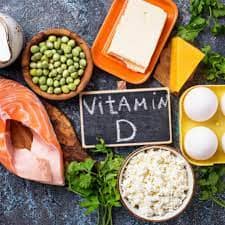
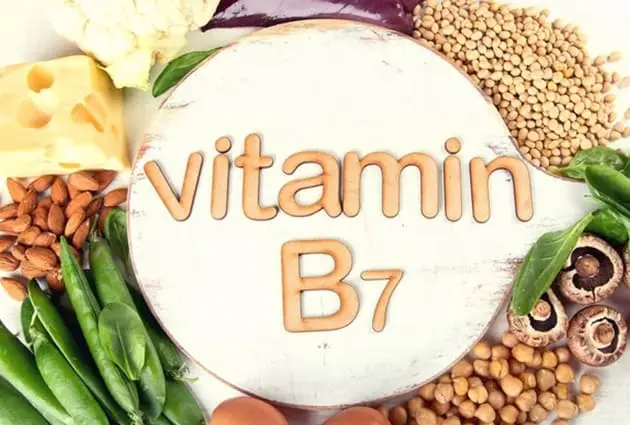

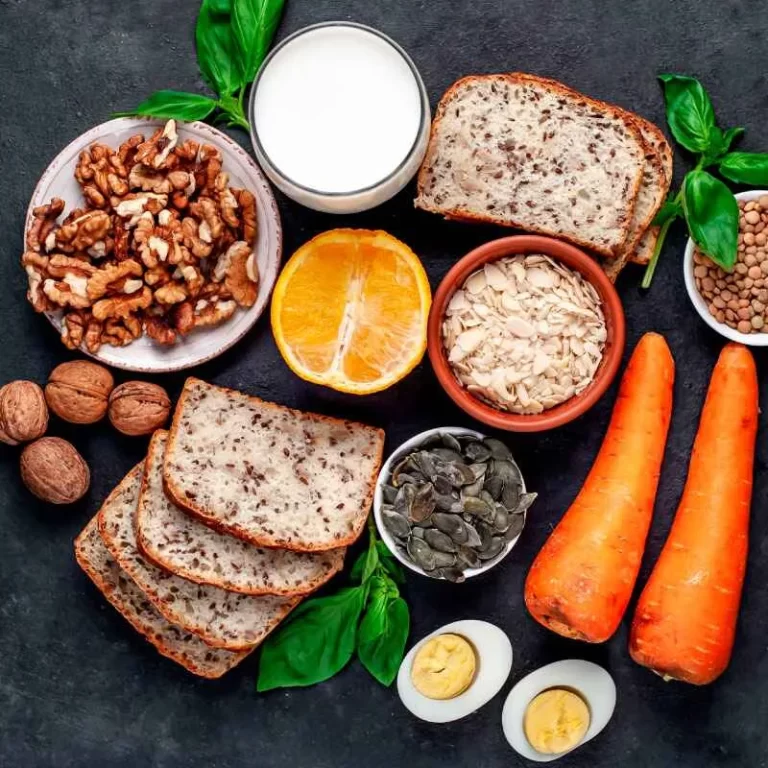
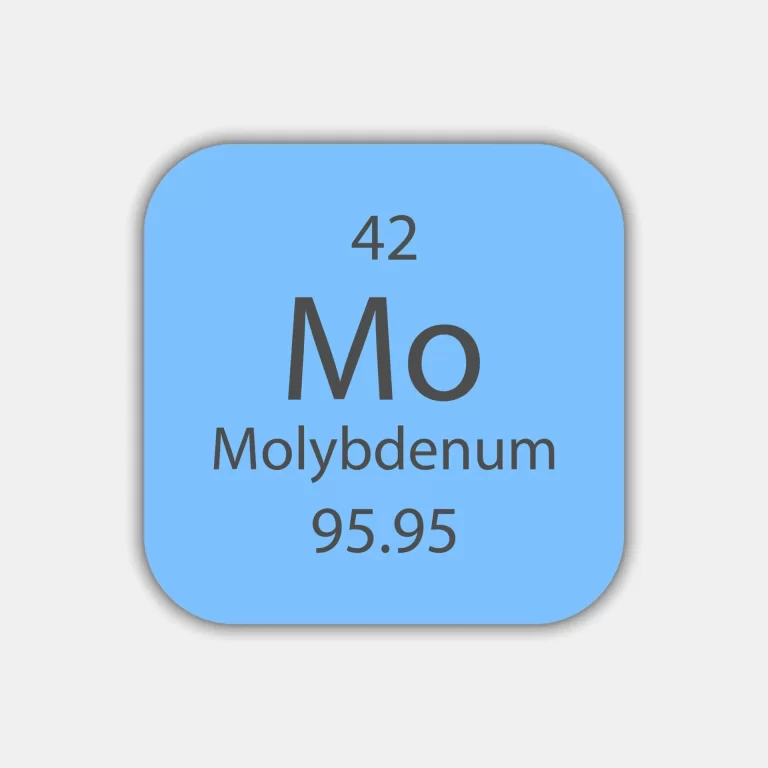
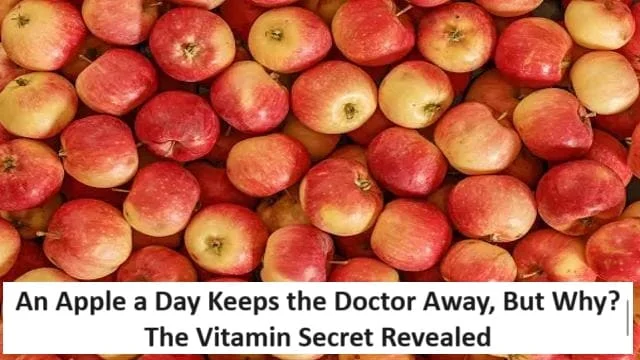
One Comment